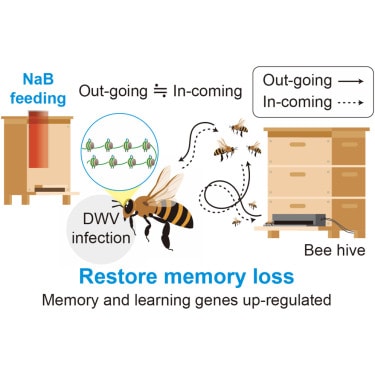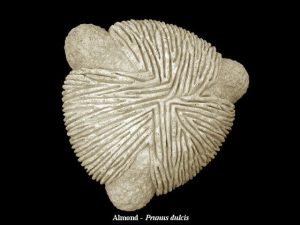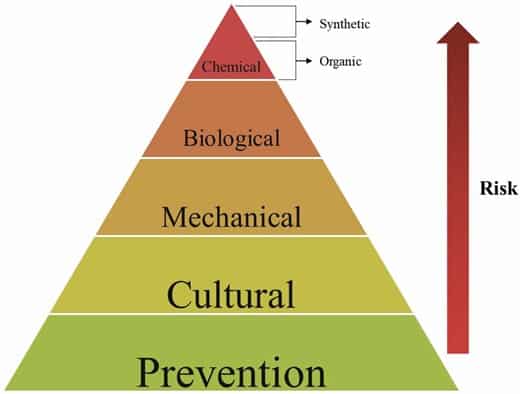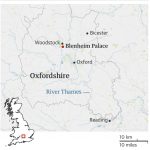Ellis and Jack on Varroa Management Options, IPM (and tools on the horizon)
Varroa mites have been eluding suppression in our colonies for decades now, and beekeepers hope for science to deliver greater hope with stretched patience. However, in "Integrated Pest Management Control of Varroa destructor (Acari: Varroidae), the Most Damaging Pest of (Apis mellifera L. (Hymenoptera: Apidae)) Colonies," June 2021 MSBA keynote Jamie Ellis and February 2022 keynote Cameron Jack provide a helpful overview and decision framework, providing provide an in-depth review of the components of IPM in a Varroa control.
They share a complete review of all available treatments and look at IPM methods. But they have us in mind, "To encourage beekeeper adoption, a successful IPM approach to Varroa control in managed colonies must be an improvement over conventional control methods." Looking to the future, they give a helpful look at new treatment avenues such as RNA interference (RNAi) and chemical controls that interfere with Varroa mating or in-hive function. Excitingly, they provide an IPM Decision Chart to help us better integrate IPM into our management strategies!
Lost British Indigenous Honeybee is Found Again
Pending DNA confirmation, British bee conservationist Filipe Salbany has discovered the location of at least 50 colonies of wild honeybee, physically and behaviorally different from the imported European honeybee species that were thought to have replaced them...at the Royal Palace of Blenheim! The location is significant because the grounds have been more or less ecologically "frozen" for 300 years, potentially giving indigenous bees a survival advantage. “These bees are quite unique in that they live in nests in very small cavities, as bees have for millions of years, and they have the ability to live with disease. They have had no treatment for the varroa mite – yet they’re not dying off.” [More info]
DC Artist Creates Beeswax-based Immersive Installation
As beekeepers, we know that bees open our minds and hearts. A new local exhibition is an opportunity to revel in them with even more senses! Mary Early's newest installation includes over one thousand cast beeswax elements, suspended to create a space within the space. "Mary Early: Līnea XI" opened this weekend, with public gallery hours from 10 a.m. - 7 p.m. Masks required.
Local artist Mary Early has been working with beeswax as a central element in her minimalist, conceptual installations for several years now. In the last decade, she has pursued the creation of temporary installations composed of arrays of thousands of beeswax lines assembled on the floor or hanging in space. Her work has been exhibited at the United States Botanic Garden, Washington Project for the Arts, Corcoran Gallery of Art, Second Street Gallery (Charlottesville, VA), and around the world
Mary Early: Līnea XI at ArtEnables, 2204 Rhode Island Ave NE, Washington, DC 20018
November 6, 2021 - January 29, 2022
Taiwanese Researchers find compound that may suppress DWV

Bee scientists in Taiwan recently published a study that may point to a new nutritional tool in support of bee health. Deformed Wing Virus (DWV) is considered ubiquitous in beekeeping, as well as a major threat to honeybee and colony health. Usually Varroa-transmitted, it can cripple wing development but research also shows it impairs bee learning and memory. For one week, a team under Lead researcher Yueh-Lung Wu at National Taiwan University fed bees sugar water laced with sodium butyrate (NaB), an inexpensive chemical compound found in many plants and known to increase the expression of a variety of genes in animals, including those involved in immune responses and learning. More than 90% of the fed bees remained alive after five days, while 90% of the infected bees that didn't get NaB died over the same period.
Citizen Scientists Wanted to Create Nationwide Pollen Database

USDA has awarded a $500,000 grant to scientists at Mississippi State and Oregon State to profile over 100 bee-pollinated plants, with an eye toward matching plants that are attractive to bees with their nutritional value. Very little is known about comparative pollen nutrition, and the researchers seek volunteer help to expand this knowledgebase. Lead scientist Chakrabarti Basu was inspired to start the database to help solve the challenge of bees and salmon pollination: “The idea is to have other nutritious forages blooming before and after the almonds bloom. This helps the bees stay healthy and strong because they have access to nutritious pollen and nectar when they arrive and before they are prepped to move to the next crop,” Knowing which plants bees like and which are most important for their well being can be an important tool in a sideliner beekeeper's pocket, as well! An online training session will be held with volunteers this winter. Citizen scientists interested in volunteering to collect pollen for the project can contact Basu at pb1090@msstate.edu or by calling 662-325-6711.




